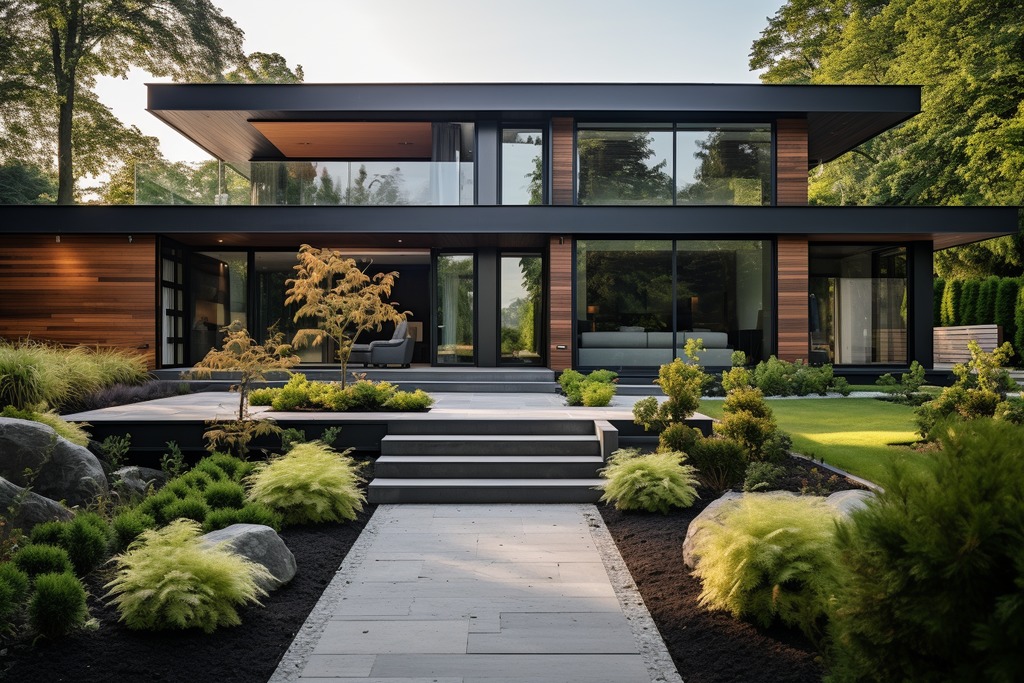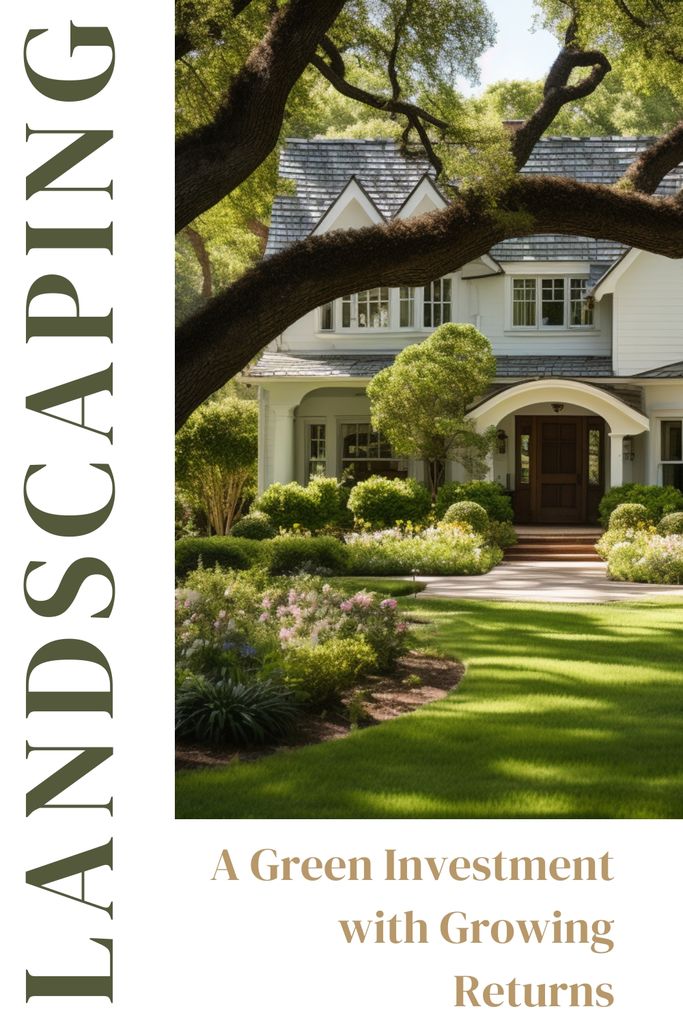In the dynamic world of real estate, particularly in the picturesque regions of New Hanover, Brunswick, Pender, and Onslow counties, homeowners often ponder whether the investment in landscaping truly elevates their home’s value. Does turning your yard into a verdant oasis translate into tangible financial benefits when the ‘For Sale’ sign goes up? The unequivocal answer, borne out by industry studies and market observations, is a resounding yes.
When prospective buyers drive through the tree-lined streets of Wilmington, NC, or stroll through a well-manicured lawn in the vicinity, their first impression is indelibly marked by the property’s exterior appeal. This phenomenon, often referred to as curb appeal, is not just a subjective reaction; it’s backed by solid economic reasoning.
According to a piece by Bankrate, landscaping is not just a beauty enhancer but also a value booster. Strategic landscaping can potentially increase a home’s value by a staggering 20 percent, asserts the American Society of Landscape Architects. That’s a significant number, considering that this increase is rooted in the charm of well-placed shrubbery or the shade provided by an oak tree.
Planting trees, in particular, can be a wise investment. Money.com reports that the presence of mature trees in a yard can increase property values by 7 to 19 percent. This impressive figure is more than a simple percentage; it represents the promise of cooler homes in the summer, wind protection in the winter, and the year-round aesthetic appeal that comes with leafy companions.
Let’s delve a bit deeper into the foliage of financial gain and understand the ‘how’ and ‘why’ of landscaping’s contribution to property value:
- The Visual Appeal: The most apparent and immediate benefit of landscaping is the enhancement of a home’s visual appeal. A beautifully landscaped yard creates a compelling first impression, setting the stage for a successful showing. The aesthetics of colorful blooms, the neatness of a well-trimmed lawn, and the symmetry of shrubbery can turn heads and open wallets.
- Environmental Contributions: As highlighted by Money.com, trees are not just aesthetic components; they’re environmental stewards. A mature tree can save a homeowner up to $400 a year in heating and cooling costs. This eco-friendly angle is a powerful selling point, especially in coastal areas where temperatures can soar, and breezes are cherished for natural cooling.
- Functional Outdoor Spaces: In today’s market, a landscaped garden is more than a visual treat; it’s an extension of the home’s living space. Functional landscaping that creates outdoor rooms—be it a patio bordered by fragrant flowers or a fire pit encircled by native stones—adds a dimension to the property that resonates with the modern buyer’s lifestyle preferences.
- Emotional Connectivity: A well-designed landscape fosters an emotional connection. Buyers often envision themselves relaxing in the backyard oasis or hosting family gatherings amid the lush greenery. This emotional pull can be just as influential as the home’s interior features, if not more so.
- Economic Sustainability: From a broader perspective, trees and landscaping contribute to the economic sustainability of a neighborhood. Areas with mature trees and well-maintained yards often see better market stability, and properties in these locales can command higher prices.
Landscaping Tips for Maximum ROI
While the benefits are clear, not all landscaping efforts are equal in their return on investment (ROI). Here are some tips to ensure that your green thumb yields greenbacks:
- Design Cohesion: Ensure your landscaping design complements the home’s style. A modern home might benefit from sleek, minimalist garden designs, while a traditional home may call for classic rose gardens and green lawns.
- Mature Plantings: Incorporate mature trees and shrubs, if possible. They’re valuable assets that new plantings can’t immediately match.
- Maintenance Matters: A neglected garden can detract from a home’s value. Regular maintenance is crucial to preserving the investment.
- Think Regionally: Choose plants that thrive in the local climate. Native plants are more likely to flourish, requiring less water and maintenance.
- Less Can Be More: Overcrowding plants or having too much variety can look chaotic. A well-thought-out and straightforward plan can have a more significant impact.
- Professional Help: Consider consulting a professional landscaper. Their expertise can lead to better design decisions and higher returns.
In conclusion, landscaping is more than just a cosmetic facelift for your home. It’s an investment that can increase your home’s value significantly while providing environmental benefits and enhancing the living experience. Planting trees, specifically, can be one of the most impactful actions a homeowner can take, with the potential to increase property values substantially. In the lush settings of North Carolina’s coastal counties, where nature’s bounty is part of everyday life, a well-executed landscape is a promise of both aesthetic joy and economic gain. Whether you’re preparing to sell or simply looking to increase your property’s value, remember that when it comes to real estate, beauty isn’t just skin deep; sometimes, it’s as deep as the roots of an oak tree in your front yard.





